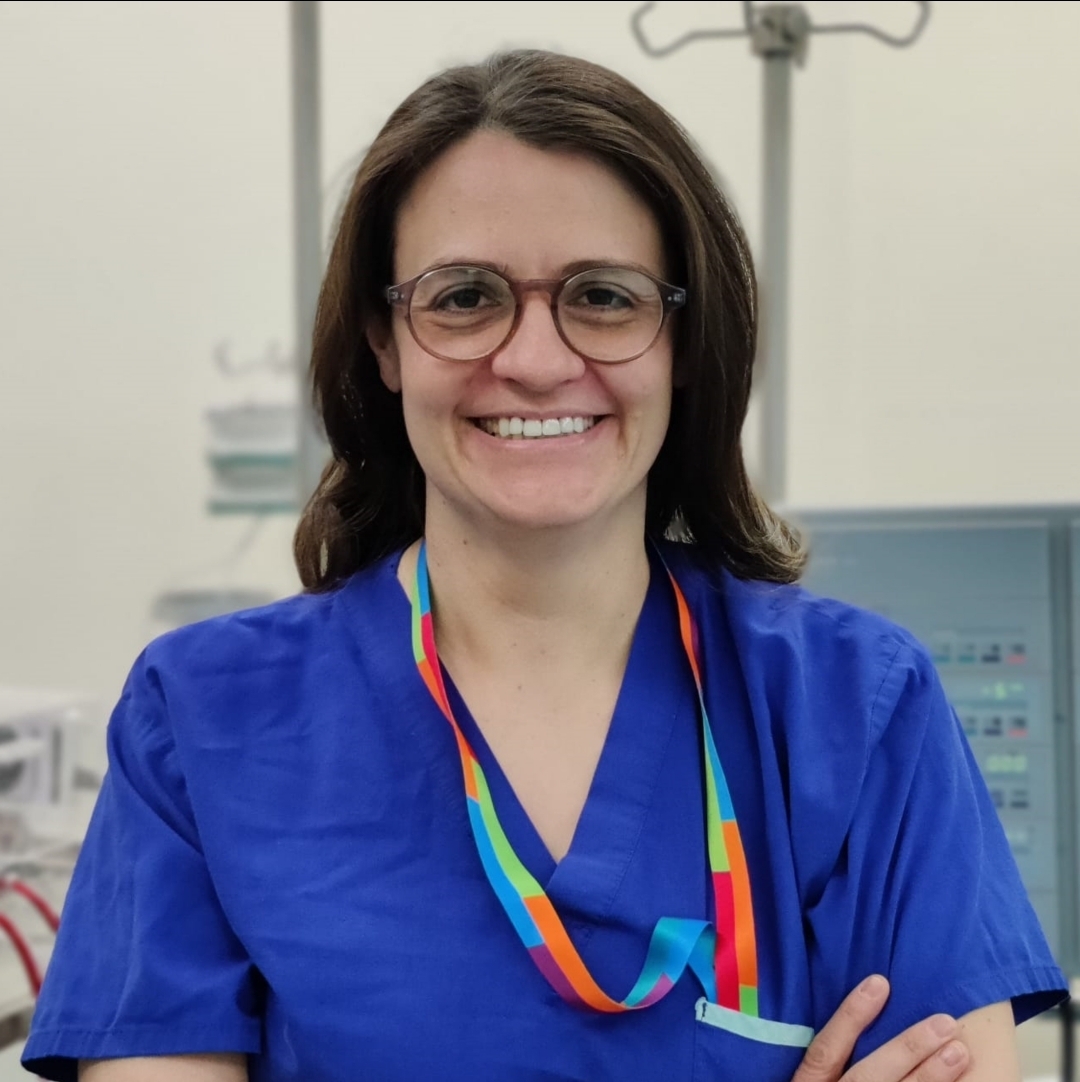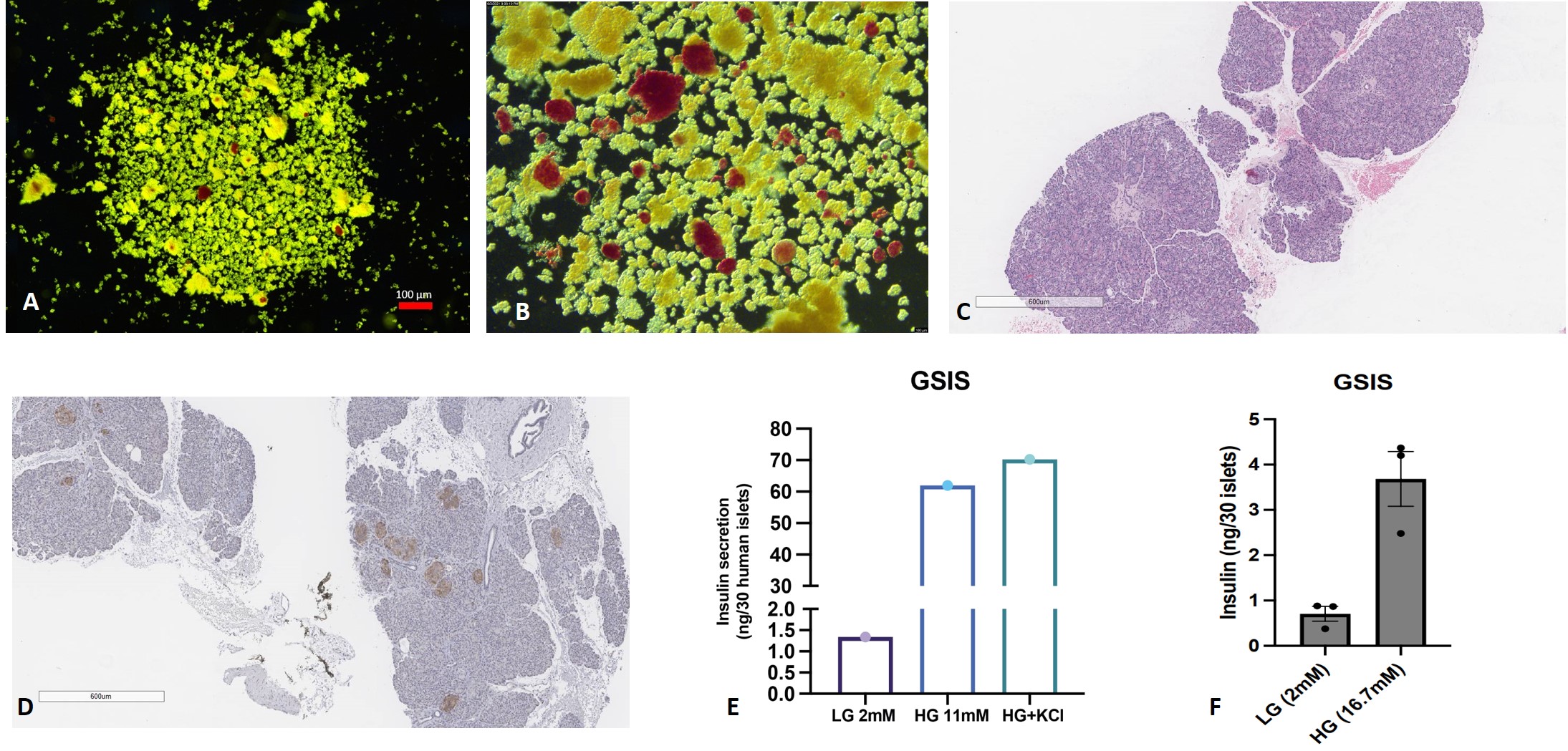Catherine Parmentier, Canada has been granted the TTS-IPITA Congress Scientific Award

Islet Isolation after Normothermic Ex Vivo Machine Perfusion of 2 Discarded Human Pancreas Allografts: A Proof of Concept Study
Catherine Parmentier1, Justin Manuel1, Hongtao Gu1, Xue-Zhong Ma1, Samrat Ray1, Jennifer Coleman1, Sujani Ganesh1, Sangeetha N Kalimuthu1, Markus Selzner1, Trevor W Reichman 1.
1Multi Organ Transplant Department/Ajmera Transplant Centre, University Health Network - Toronto General Hospital, Toronto, ON, Canada
Background: Pancreas and islet transplantation are both therapeutic options for patients with complicated diabetes. Unfortunately, the availability of pancreas allografts is inadequate to cover the increasing recipient demand. Strategies to expand the number of available grafts are needed. Normothermic ex vivo perfusion (NEVP) is a method that has to potential to assess and repair organs. Our group has already successfully established a perfusion model of both porcine and human pancreas. This study aimed to assess the feasibility of islet isolation after NEVP of the pancreas.
Methods: Two discarded human pancreas grafts were received by our team for perfusion. Backtable preparation was done in the usual manner with the additional cannulation of the aorta and portal vein, as well as the placement of a Malecot catheter on the distal side of the duodenum. Grafts were then placed on the machine and perfused for 4 hours on a NEVP circuit, previously developed, and described by our group. After the perfusion, biopsies were taken for H&E and insulin staining, and the organs were immediately processed for islet isolation using the Edmonton Isolation Protocol.
Results: Both organs were successfully perfused for the established 4 hours with posterior islet isolation. Table 1 shows the donor, graft, and isolation characteristics. The pancreas morphological integrity was assessed by H&E staining and the islets' integrity was evidenced by insulin staining. A glucose-stimulated insulin secretion test was performed on both cases (figure 1). Islets from both grafts responded appropriately, secreting insulin at high glucose concentrations. However, case #1 appeared to demonstrate a more robust response than case #2.
" href="https://cm.sandiego2023.org/papers/body/60#">

Conclusions: Islet isolation after NEVP is feasible using the standard human isolation protocol and could be used to assess and improve the grafts destined for islet isolation. For this study, only the feasibility of the procedure after perfusion was assessed. To our knowledge, this is the first study reporting islet isolation after NEVP in human pancreas. Future studies will focus on improving the perfusion and thoroughly assessing the islets.
[1] Shapiro J. Islet Transplantation in Seven Patients with Type 1 Diabetes Mellitus using a Glucocorticoid-Free Immunosuppresive Regimen. NEJM.2000; 343:230.
[2] Ricordi C. Automated Method for Isolation of Human Pancreatic Islets. Diabetes.1988; 37:413-20
[3] Mazilescu L. Normothermic Ex Situ Pancreas Perfusion for the Preservation of Porcine Pancreas Grafts. Am J Transplant. 2022
[4] Parmentier C. Normothermic Ex Vivo Pancreas Perfusion for the Preservation of Pancreas Allografts before Transplantation. J Vis Exp.2022